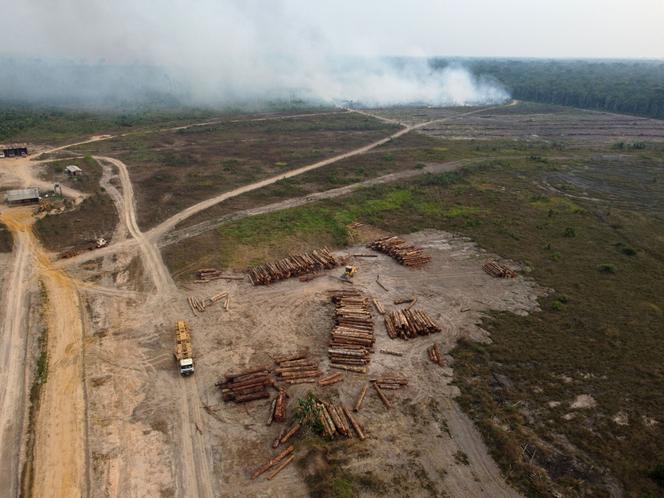


Are some carbon offset credits just a hoax? That's what a study published on Thursday, August 24 in the journal Science by a team of researchers from the Universities of Amsterdam (Netherlands) and Cambridge (UK) suggests. They concluded that some projects claim to prevent tropical forest deforestation to a far greater extent than is actually the case.
Detailed analysis was conducted on eighteen projects aiming to mitigate deforestation-linked greenhouse gas emissions across three continents and six countries. All the projects studied are overseen by the NGO Verra, which dominates the sector. These programs are part of the "Reducing Emissions from Deforestation and Forest Degradation" (REDD+) system, developed by the United Nations but organized by private institutions.
The market for voluntary carbon offsets linked to forest management weighed in at $1.3 billion (€1.2 billion) in 2021, for 227 million carbon credits traded, a fourfold increase since 2020. Deforestation reduction projects dominate this market, with 65% of these credits coming from the REDD+ system. "There is currently significant growth in these projects," said Alain Karsenty, an economist at The French Agricultural Research Centre for International Development (CIRAD).
To issue carbon credits, non-profit NGOs commit to protecting a forest that would otherwise be destined for deforestation, for example by improving local forestry practices or distributing more efficient stoves to reduce wood consumption. The destruction of the forest would otherwise have generated emissions, both through the destruction of the natural environment and the loss of carbon sinks. It is then possible to calculate how many tonnes of CO² have not been emitted into the atmosphere thanks to this protection, and to convert them into carbon credits, each representing one tonne of CO².
By then deciding to buy credits from the initiators of these projects, who also act as certifiers, a company will not have directly reduced its own emissions but will have financed programs that help reduce emissions elsewhere in the world.
But for a credit to be environmentally beneficial, the prevention of deforestation should be directly linked to the project's implementation and not to other external factors. Proving this is a tall order since we need to know how a forest would have evolved without these projects, so organizations use predictive methodologies to estimate how many emissions are avoided thanks to them.
You have 55.28% of this article left to read. The rest is for subscribers only.
